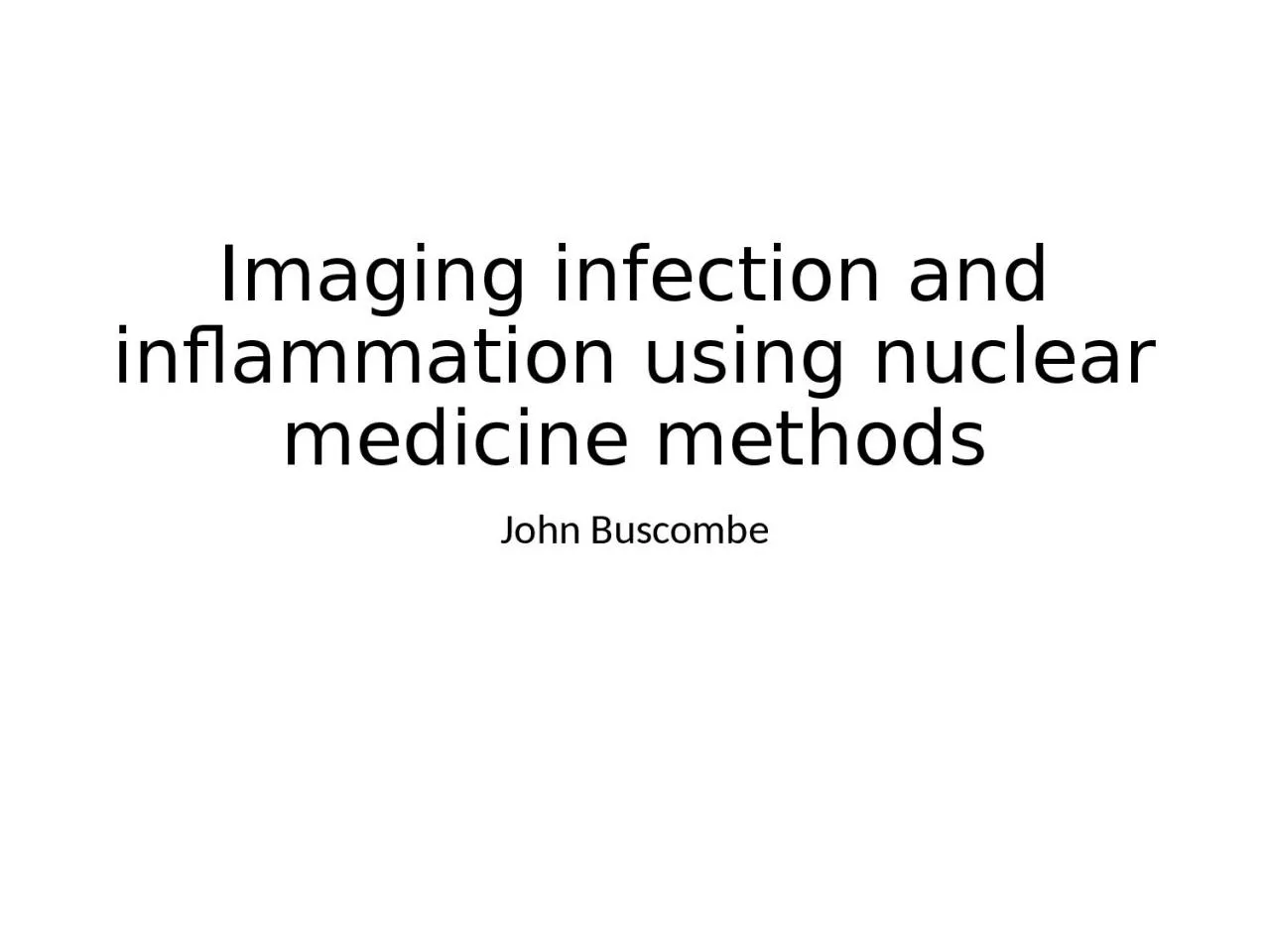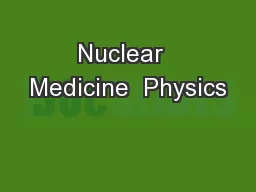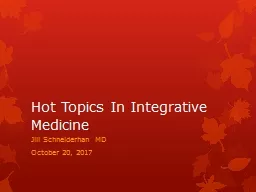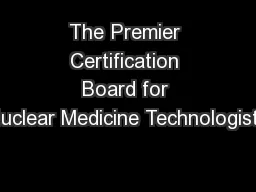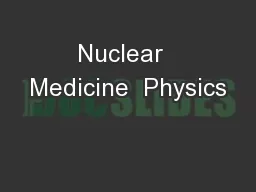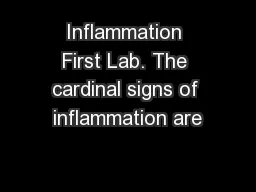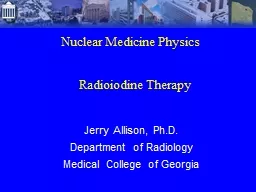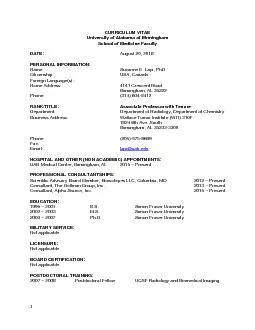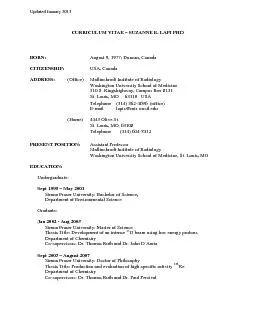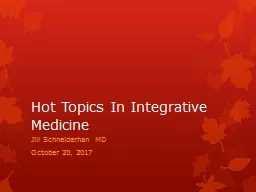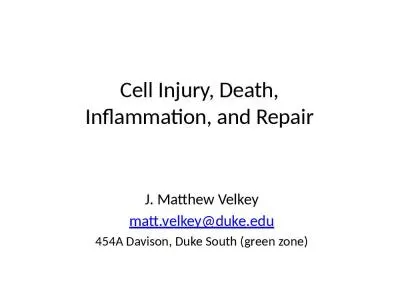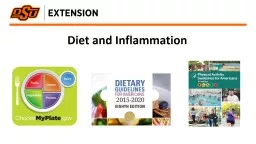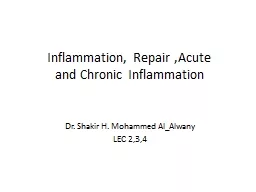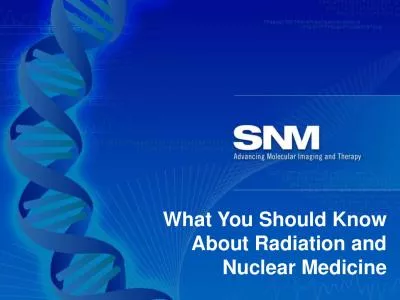PPT-Imaging infection and inflammation using nuclear medicine methods
Author : BabyDoll | Published Date : 2022-08-03
John Buscombe Introduction Inflammation Simple imagingbone scintigraphy PET techniquies Infectionbone Infection SPECTCT Infection PETCT Summary Background Publishing
Presentation Embed Code
Download Presentation
Download Presentation The PPT/PDF document "Imaging infection and inflammation using..." is the property of its rightful owner. Permission is granted to download and print the materials on this website for personal, non-commercial use only, and to display it on your personal computer provided you do not modify the materials and that you retain all copyright notices contained in the materials. By downloading content from our website, you accept the terms of this agreement.
Imaging infection and inflammation using nuclear medicine methods: Transcript
Download Rules Of Document
"Imaging infection and inflammation using nuclear medicine methods"The content belongs to its owner. You may download and print it for personal use, without modification, and keep all copyright notices. By downloading, you agree to these terms.
Related Documents

